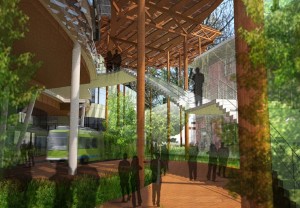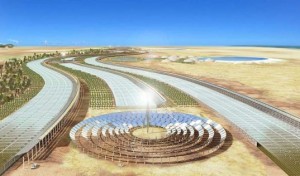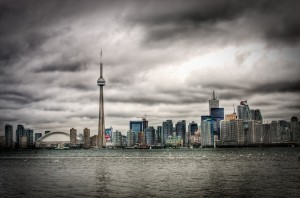 The Solar Energy Industries Association (SEIA) hosted a press teleconference today to discuss an emerging trend in the utility-scale solar market toward diversifying solar technologies in utility-scale power plants. But the call strayed from the diversification topic and addressed some of the major issues confronting the U.S. market in 2011. Rhone Resch, President of SEIA, said that the solar industry employs 100,000 Americans and that that number could double in the next two years. Within a few years, the U.S. will be the world’s largest solar market, according to SEIA.
The Solar Energy Industries Association (SEIA) hosted a press teleconference today to discuss an emerging trend in the utility-scale solar market toward diversifying solar technologies in utility-scale power plants. But the call strayed from the diversification topic and addressed some of the major issues confronting the U.S. market in 2011. Rhone Resch, President of SEIA, said that the solar industry employs 100,000 Americans and that that number could double in the next two years. Within a few years, the U.S. will be the world’s largest solar market, according to SEIA.
Resch said that the 1603 tax grant program has filled the void in the collapse of the tax equity market and that the grant program has doubled the efficiency of the Investment Tax Credit (ITC). He remarked that it is scheduled to expire despite the tax equity market not having fully recovered. (The 1603 program provides a 30 percent grant in lieu of the tax credit.) Resch said, “We have found it to be absolutely critical in the last two years.” Resch added that SEIA wants the 1603 program extended through 2016 “so we have business certainty. We’ve found that the 1603 program is an extremely efficient policy for job creation.” In the last two years, the solar industry has created 50,000 jobs, according to Resch, adding that the U.S. market will double from 1 gigawatt in 2010 to 2 gigawatts in 2011 and could possibly double again if the tax credit is extended.
Large-scale solar farms on public lands have pitted environmentalists against solar developers, with a bit of help from media amplification. And tortoises. Resch notes that the oil and gas industry has received 74,000 permits for drilling on public lands over the last century, while the solar industry has received nine permits to build on public lands. “There is no land grab,” said Resch, adding, “The EIR [environmental impact report] to study these areas has been comprehensive.” Resch also notes that 75 percent of the U.S. public support locating solar on public land instead of using it for grazing or other uses.












